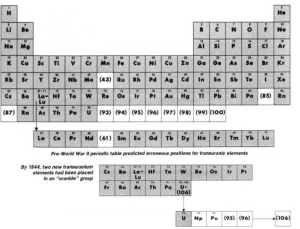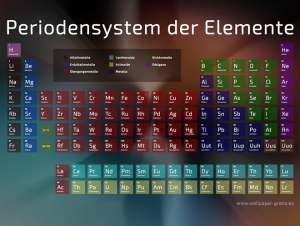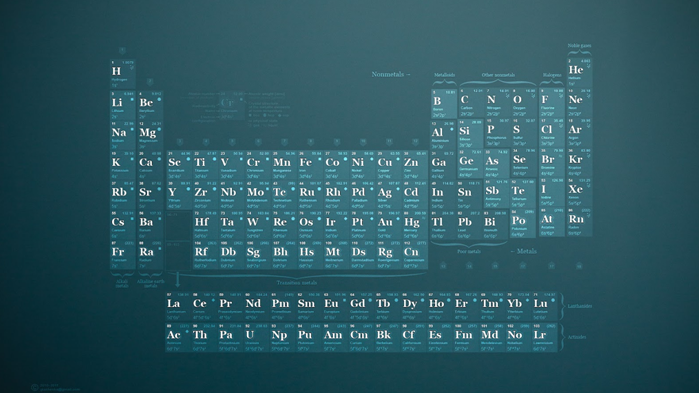Trying to understand the periodic table with real elements? First, you should know that it is divided into four rectangular areas, or periods and groups, and that elements that belong to the same column group have similar chemical properties. The table also shows trends, which show that nonmetallic character increases from left to right, and from down to up. On the other hand, metallic character increases in the opposite direction. These trends result from changes in the electron configuration of the atoms in the various elements.
Atomium(tm) periodic table
By default, Atomium draws the periodic table in a vertical orientation, but you can choose to switch this off in the Settings application. The app will also give you a list of common constants, such as the mass and the density of an element starmusiq.
You can change the behavior of each section of the Atomium periodic table. You can change the number of properties displayed in the most-used section, or turn them off altogether. The Atomium app supports the full set of 60 properties. As more chemical elements are discovered, the list will keep growing. Atomium also allows you to customize the appearance of each section, allowing you to switch between a vertical and horizontal periodic table and a color scheme.
Thulium is the thirteenth element of the periodic table. Its atomic number is 69 and its density is 9.321g/cm3. Its density is 50 kJ/mol, which means that Thulium is similar in density to antimony and iodine. Its abundance is almost the same as that of antimony and thulium. However, the most significant difference between Thulium and other elements is the amount of energy each one of them has when they are in their electron shells.
Luciteria Science’s desk display

If you want to learn about the elements of the periodic chart without having to dig into a lab, you should check out Luciteria Science’s desk display of the periodic table with real element samples. Their collection includes more than 50 elements, each of which has its own unique densities. Each one is perfectly finished and made of high purity metal. Each one is laser etched with detailed information about the element inside.
This beautiful desk display includes a certificate of authenticity for each element, which gives you peace of mind knowing that your purchase is authentic. Whether you’re a chemistry student or a student, you’ll enjoy learning about the elements on this desk display. Luciteria Science’s Periodic Table With Real Elements has attracted a lot of attention from social media users, so you should definitely consider it if you want to teach your students about the elements.
Many collectors start their element studies this way. The real element pieces give them visual cues to help them understand the properties of the elements. Unlike periodic tables made of two-dimensional charts, these examples are immersive and can help them better grasp the concepts of the elements. It’s hard to grasp the concepts of elements when viewed only in charts, but this desk display is a fantastic way to get started!
Atomica’s periodic table
The collection of real elements included in Atomica’s periodic table contains 83 amazing samples, including Gold, Platinum, Uranium, all noble gasses, and all the rare earth elements. The elements have been cut, melted, and sealed to help speed up learning. The unique shapes and sizes of the materials make them a fun and educational way to learn about the periodic table. And it doesn’t matter if you’re a chemist or just love the visual aspects of science!
Several gaps exist in the first periodic table, including one that grouped the transition metals into triads. The elements in the nitrogen group are placed between the halogen and chalcogen groups, and they are mostly jumbled. While there are gaps in the table, there are definite trends in the valencies of these elements. It is a 3D periodic table with 83 elements, each embedded in a crystal-clear tablet webtoon.

Atomica’s periodic beer glass
With the Periodic Beer Glass, you can drink your 16oz of favorite brew while studying the properties of real elements. The glass bears the chemical formula used to make beer. Beryllium + Erbium = Beer! It is the ultimate conversation piece and makes drinking science fun. This glass is guaranteed to increase your knowledge in a fun and exciting way. With so many great visual materials available, this glass makes learning about real elements easy and fun.
For those of you who still remember your chemistry class, the periodic table will bring back fond memories. It is the table of the different elements arranged according to similar properties. This beer glass features all the elements in a periodic pattern. The periodic table also helps bartenders know which types of beer are the most popular. With such a list, you’ll be able to offer a unique selection of beer to please everyone’s taste.

